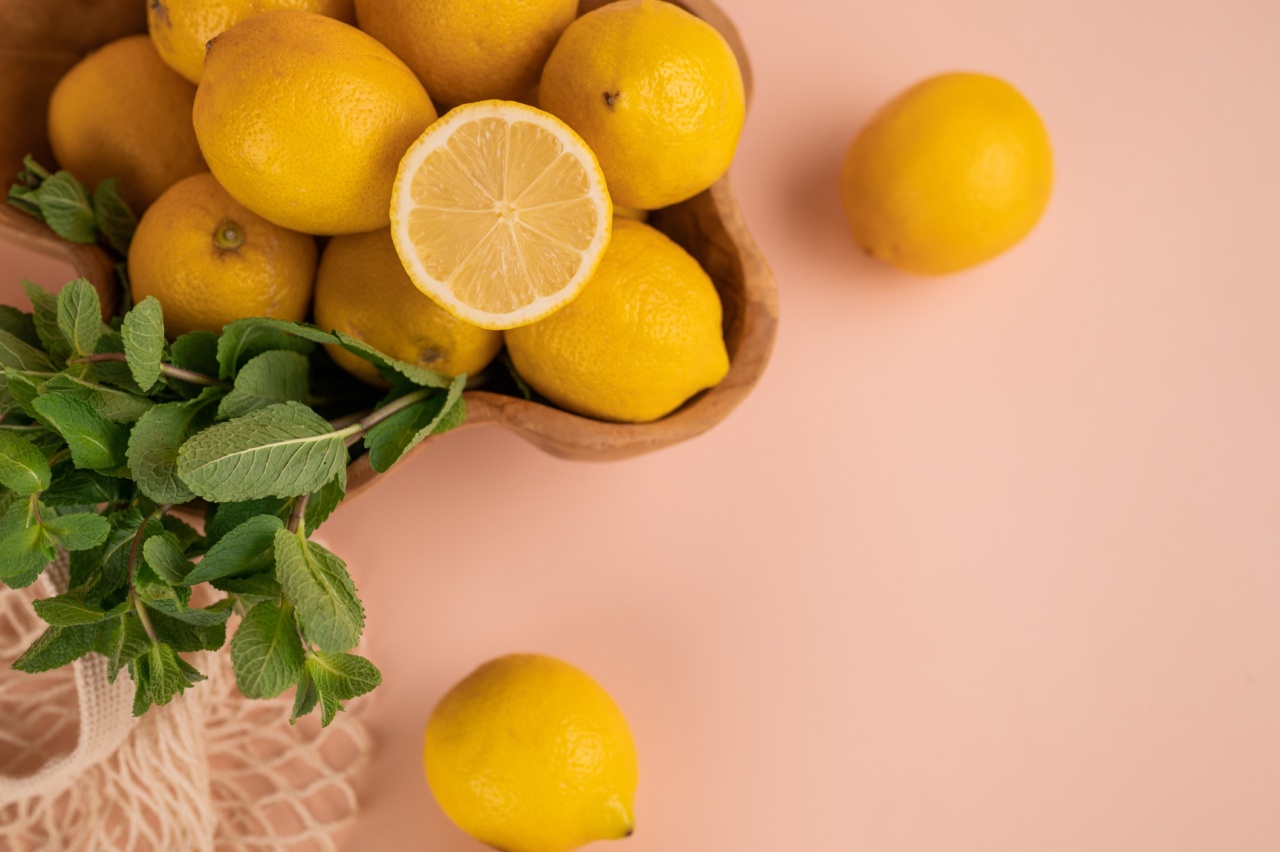Hypertension, commonly known as high blood pressure, is a major health concern affecting millions of people worldwide. It is often referred to as the silent killer because it usually shows no external symptoms but silently damages vital organs.
If left untreated or not properly managed, hypertension can lead to serious complications such as heart disease, stroke, and kidney failure.
While medication and lifestyle changes are commonly recommended for managing hypertension, many people are turning to natural remedies like herbs as a complementary approach.
Several herbs have been studied for their potential to reduce blood pressure effectively and promote overall cardiovascular health. In this article, we will explore 5 potent herbs that may help reduce hypertension.
1. Garlic
Garlic, known for its distinctive flavor and aroma, has been traditionally used for various medicinal purposes. It is particularly beneficial for cardiovascular health and has shown promising results in reducing blood pressure levels.
Garlic contains a compound called allicin, which has been found to have vasodilatory effects, helping to relax blood vessels and improve blood flow.
Several studies have demonstrated the beneficial effects of garlic on blood pressure.
For instance, a study published in the journal Hypertension found that garlic supplementation significantly reduced both systolic and diastolic blood pressure in individuals with hypertension. Another study published in the Maturitas journal reported similar findings, indicating that aged garlic extract could effectively lower blood pressure.
2. Hawthorn
Hawthorn, a flowering shrub in the rose family, has a long history of use in traditional medicine for cardiovascular conditions.
Hawthorn berries, leaves, and flowers contain various bioactive compounds, including flavonoids and procyanidins, which help improve blood circulation and support heart health.
Research suggests that hawthorn may have antihypertensive properties. A study published in the British Journal of General Practice investigated the effects of hawthorn extract on individuals with stage 1 hypertension.
The results showed a significant reduction in diastolic blood pressure after six weeks of hawthorn supplementation.
3. Hibiscus
Hibiscus, known for its colorful flowers, is not just visually appealing but also has potential health benefits, including reducing hypertension.
The flower petals and calyx of hibiscus contain anthocyanins and other antioxidants that possess cardioprotective properties.
A systematic review published in the Journal of Hypertension evaluated the effect of hibiscus tea on blood pressure.
The analysis of multiple studies showed that regular consumption of hibiscus tea was associated with a significant decrease in both systolic and diastolic blood pressure.
4. Turmeric
Turmeric, a vibrant yellow spice commonly used in Asian cuisine, contains an active compound called curcumin. Curcumin is known for its potent anti-inflammatory and antioxidant properties, which can positively influence cardiovascular health.
Studies have investigated the role of curcumin in hypertension management.
A review published in the International Journal of Endocrinology and Metabolism concluded that curcumin supplementation had a significant effect in reducing blood pressure, particularly in individuals with metabolic syndrome. However, more research is needed to explore its full potential.
5. Cat’s Claw
Cat’s claw, a woody vine native to the Amazon rainforest, has been used for centuries in traditional medicine. It contains various bioactive compounds, including alkaloids and flavonoids, which may contribute to its therapeutic effects.
Research on cat’s claw and hypertension is limited but promising.
A study published in the Journal of Alternative and Complementary Medicine showed that cat’s claw extract significantly lowered both systolic and diastolic blood pressure in individuals with stage 1 hypertension after eight weeks of supplementation.
Conclusion
While these herbs show promise in reducing hypertension, it is essential to consult with a healthcare professional before integrating them into your treatment plan.
They can provide guidance and ensure that the herbs do not interfere with any medications you may be taking.
Remember, natural remedies like herbs should not replace prescribed medications or lifestyle modifications. They can serve as supportive components of a holistic approach to managing hypertension and promoting overall cardiovascular health.





























